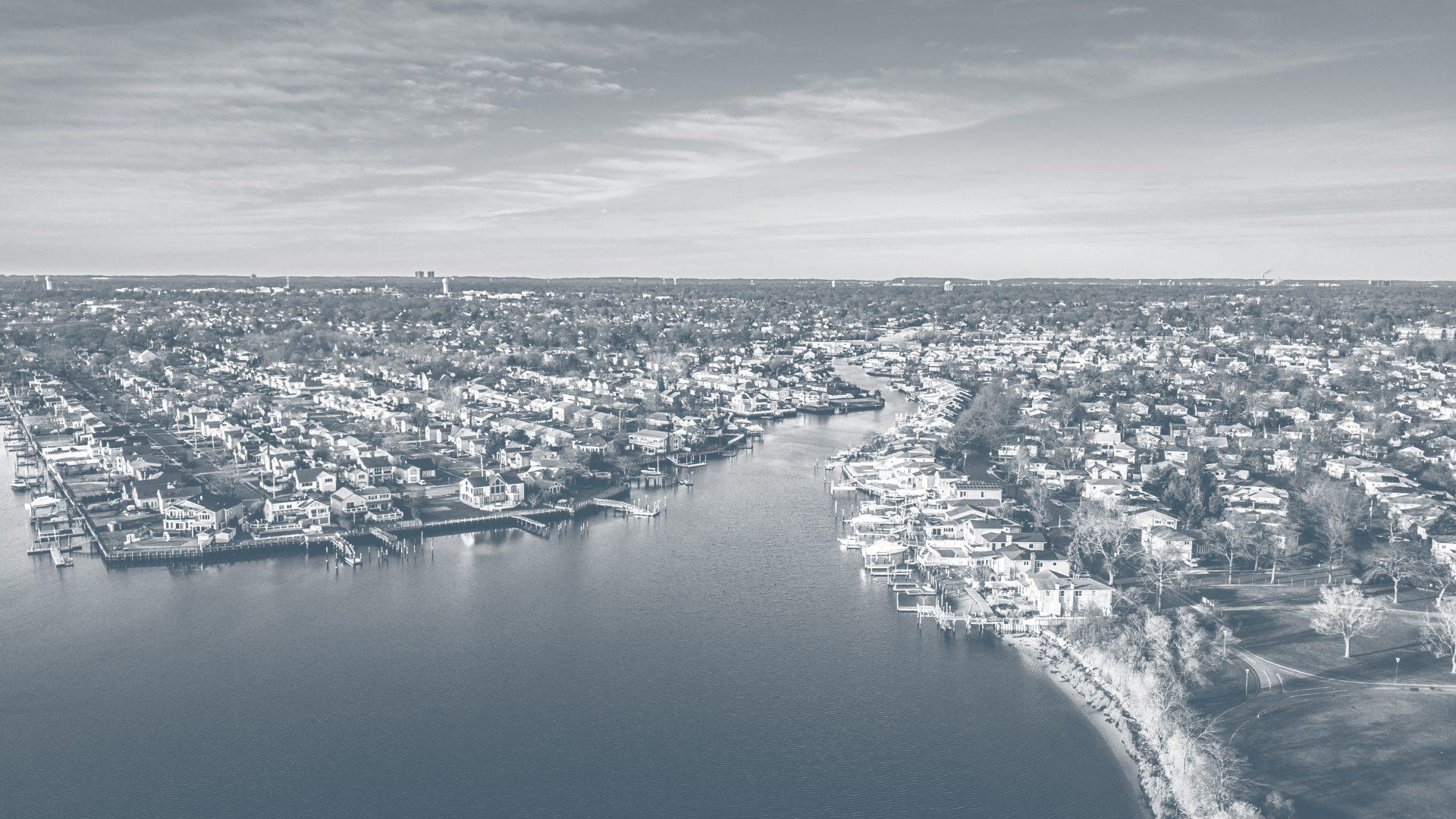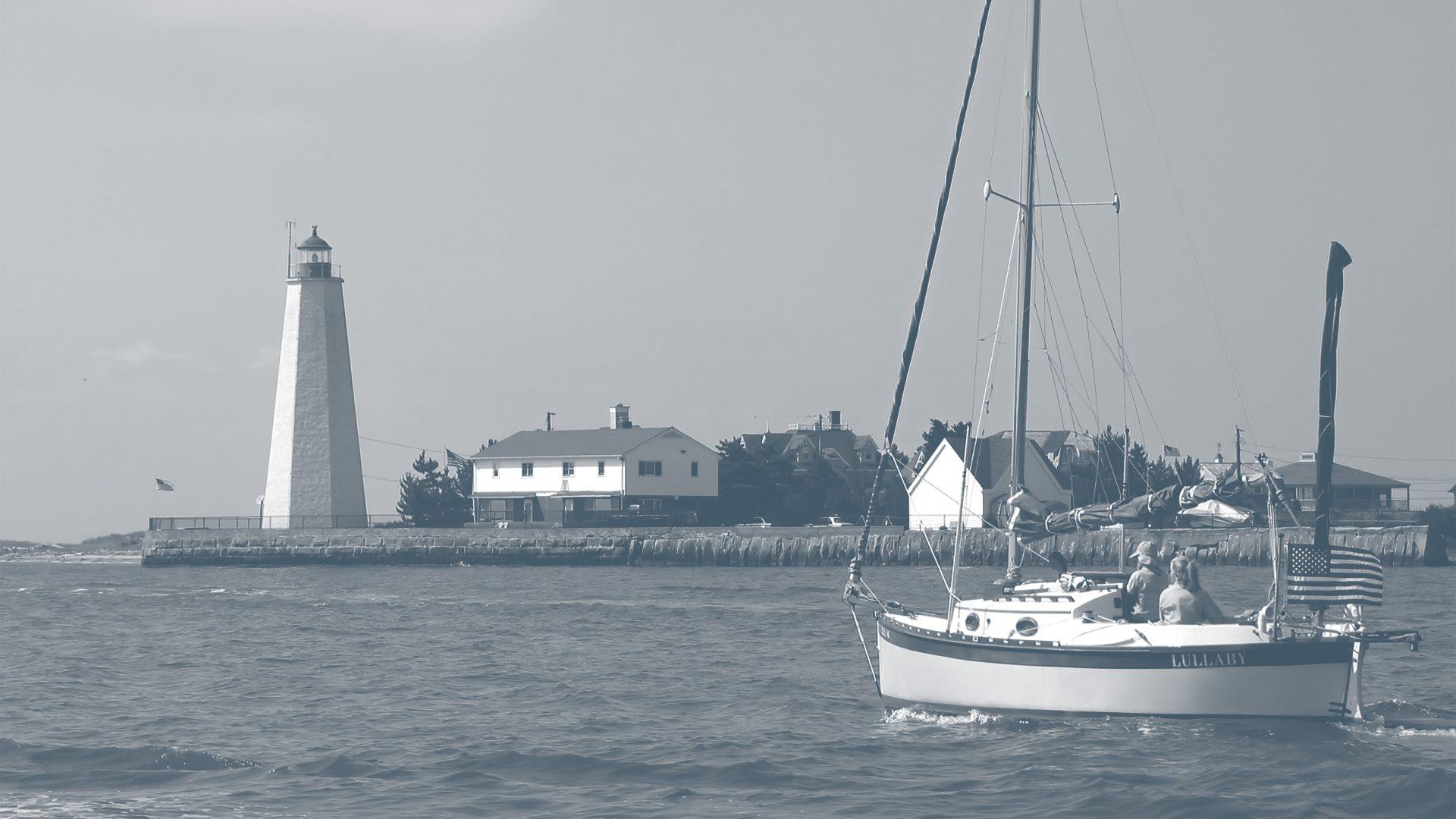

Plumbing Pipe Installation
Plumbing pipe installation is more than just laying down pipes; it’s an intricate process that impacts the overall efficiency and safety of a building’s plumbing system. A well-executed installation ensures a smooth flow of water for various uses, from sanitation to heating, and plays a crucial role in waste disposal. According to the World Health Organization (WHO), inadequate plumbing systems can lead to the spread of diseases such as Legionnaires’ disease and cholera. Therefore, proper plumbing pipe installation is not just a matter of convenience but also a critical component in safeguarding public health and safety.
When it comes to plumbing pipe installation, several factors need to be considered for a successful outcome. These include the type of material used, the layout of the plumbing system, and local building codes. Materials like PVC, copper, and PEX each have their own advantages and limitations, making them suitable for specific applications. The layout should be designed to minimize the length of pipe runs and the number of fittings, as this can impact water pressure and flow rates. Additionally, compliance with local building codes is essential to ensure that the installation meets safety and environmental standards.
While some homeowners may be tempted to undertake plumbing pipe installation as a DIY project, it’s a task best left to professionals for several reasons. First, plumbing installation requires specialized tools and expertise to ensure that the system is leak-proof and efficient. Second, improper installation can lead to a host of problems, including water leaks, low water pressure, and even contamination. Certified plumbers have the training and experience to navigate these complexities, ensuring that the installation is done correctly and in compliance with local building codes.
Plumbing Pipe Installation Services & Pricing
| Service | Description | Price Range |
|---|---|---|
| Initial Consultation | Initial meeting to assess the scope of the project, including the type of pipes needed and layout. | $50 – $100 |
| Material Selection | Choosing the type of pipes (PVC, copper, PEX, etc.) based on needs and budget. | Varies |
| Pipe Installation (Per Foot) | Cost of installing the pipes, usually charged per foot. | $4 – $10/ft |
| Fixture Installation | Installation of fixtures like faucets, showerheads, and toilets. | $100 – $500 each |
| Labor Costs | Man-hours required for the installation, often varies based on complexity. | $45 – $150/hr |
| Insulation | Adding insulation to pipes to prevent freezing or heat loss. | $1 – $3/ft |
| Pressure Testing | Testing the system to ensure there are no leaks and that it operates at the correct pressure. | $50 – $100 |
| Permit Fees | Cost of any required permits, usually mandated by local authorities. | $50 – $200 |
| Cleanup & Disposal | Removing old pipes and cleaning the area post-installation. | $100 – $300 |
| Warranty & Maintenance | Optional extended warranty and periodic maintenance services. | $50 – $100/year |
| Total Package | A complete package that includes all of the above services. | $1,000 – $5,000 |
The cost of plumbing pipe installation can vary widely based on several factors, including the type of material chosen, the length and complexity of the piping system, and local labor rates. It’s essential to get a detailed estimate that breaks down all these costs to avoid any surprises later.
Choosing the right material is crucial, as each type of pipe has its own set of advantages and disadvantages. For example, copper pipes are durable and resistant to corrosion but are more expensive than PVC or PEX pipes, which are easier to install but may not last as long.
Professional installation is highly recommended to ensure that the plumbing system is installed correctly and up to code. This not only ensures the system’s long-term reliability but also helps in avoiding potential issues like leaks or water damage, which could result in costly repairs down the line.
In summary, installing new plumbing pipes is a significant undertaking that requires careful planning and consideration of various factors, including material selection, labor costs, and potential permit requirements. By understanding the range of services and their associated costs, you can make an informed decision that meets your plumbing needs while staying within your budget.

 MANHATTAN
250 Park Avenue
MANHATTAN
250 Park Avenue LONG ISLAND
100 Duffy Ave
LONG ISLAND
100 Duffy Ave WESTCHESTER COUNTY
73 Market Street
WESTCHESTER COUNTY
73 Market Street FAIRFIELD COUNTY
1000 Lafayette Blvd
FAIRFIELD COUNTY
1000 Lafayette Blvd